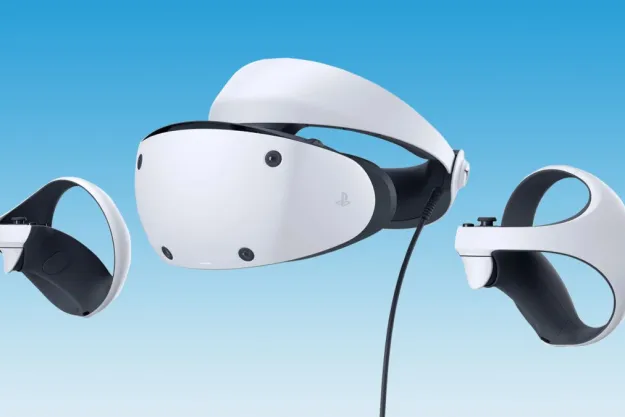The PlayStation 5’s impressive visuals are about to get even better with the inclusion of Variable Refresh Rate (VRR). In a blog post about the topic, PlayStation announced that it would roll out VRR support for select PlayStation 5 games over the next few weeks. The VRR patches should automatically update supported games so long as users have a reliable internet connection and an HDMI 2.1 VRR-compatible TV or PC monitor.
What’s so good about VRR? As Hankx World describes, it essentially makes it so that the console is the pace
setter for the game’s visual output instead of your display. A monitor might have a 60 frames-per-second (fps) capacity, but if the game isn’t properly synced with it, a visible “tear” (aka frame drop or similar visual defect) might appear. However, unless the TV or PC monitor is the HDMI 2.1 VRR-compatible kind, it won’t work with the PlayStation 5 VRR settings as intended.

“[VRR] enhances visual performance for PS5 games by minimizing or eliminating visual artifacts, such as frame pacing issues and screen tearing. Gameplay in many PS5 titles feels smoother as scenes render seamlessly, graphics look crisper, and input lag is reduced,” the PlayStation 5 blog describes.
PlayStation didn’t specify exactly when the VRR patches would roll out for supported games. All it said was that the changes were due in the “coming weeks.” The below games are the only ones listed with VRR support so far, but others might be upgraded with VRR support or launch with VRR support in the future. VRR support starts rolling out this week.
The PlayStation 5 versions of these games will receive VRR patches in the near future:
- Astro’s Playroom
- Call of Duty: Vanguard
- Call of Duty: Black Ops Cold War
- Destiny 2
- Devil May Cry 5 Special Edition
- DIRT 5
- Godfall
- Marvel’s Spider-Man Remastered
- Marvel’s Spider-Man: Miles Morales
- Ratchet & Clank: Rift Apart
- Resident Evil Village
- Tiny Tina’s Wonderlands
- Tom Clancy’s Rainbow Six Siege
- Tribes of Midgard
PlayStation 5 owners can also try to enable VRR for unsupported games. However, how much VRR will improve the graphical quality of those games will be hit-or-miss. It might smoothen the experience or smear it with glitches. Users can toggle the setting on and off at their discretion depending on the outcome.
Editors' Recommendations
- Helldivers 2 PC players are furious over this controversial change
- When is Stardew Valley 1.6 coming to consoles?
- Is Stardew Valley cross-platform?
- PS5 Pro: news, rumored release date, price, and specs
- The best skills to buy first in Another Crab’s Treasure



